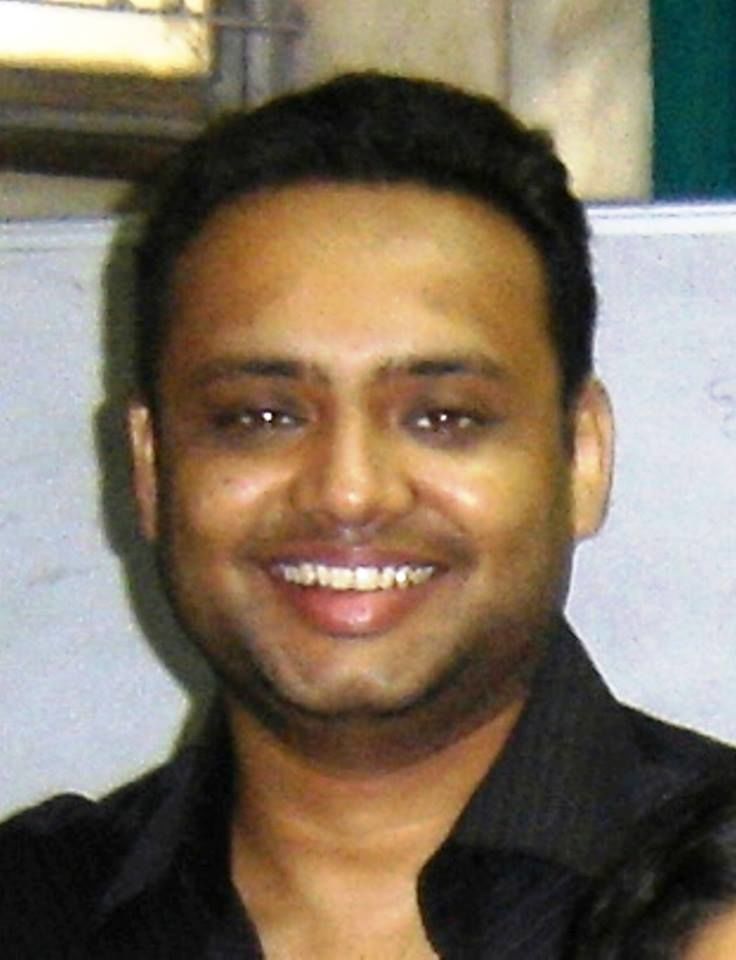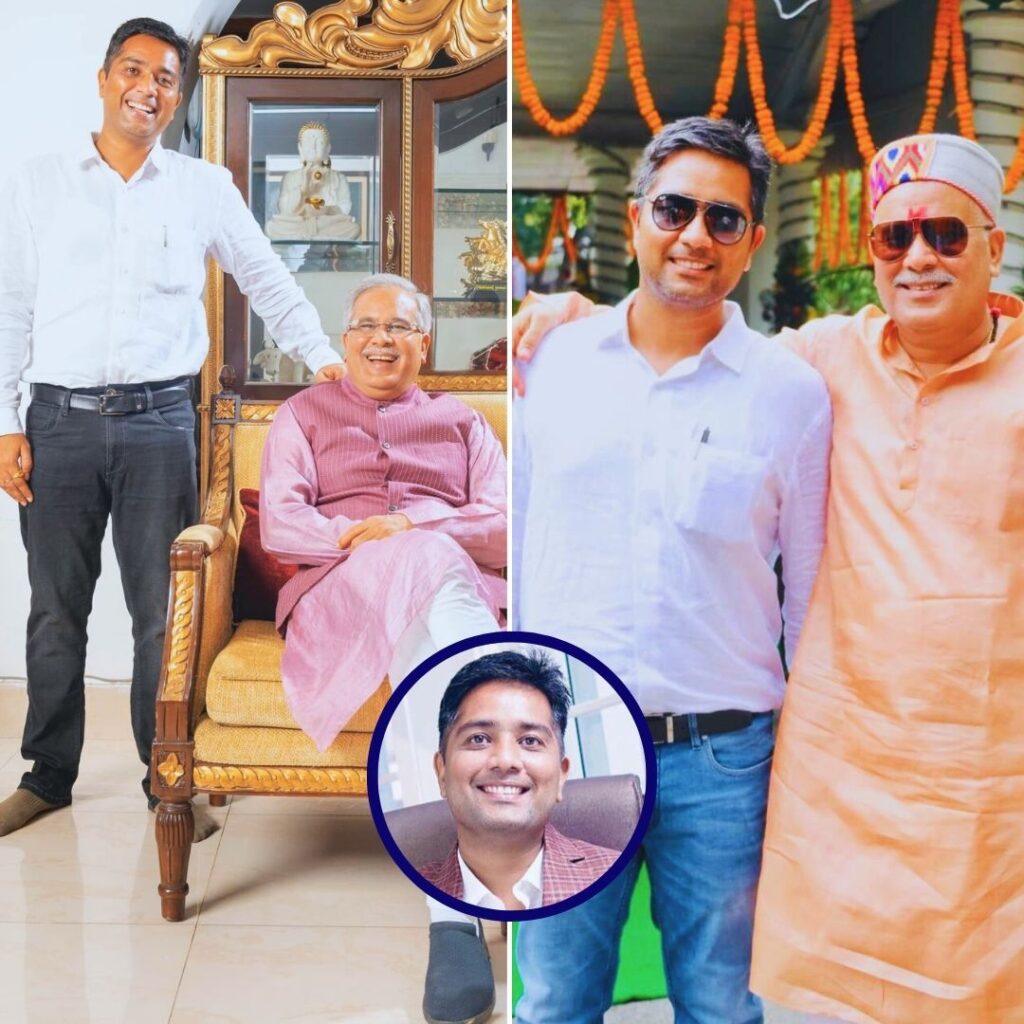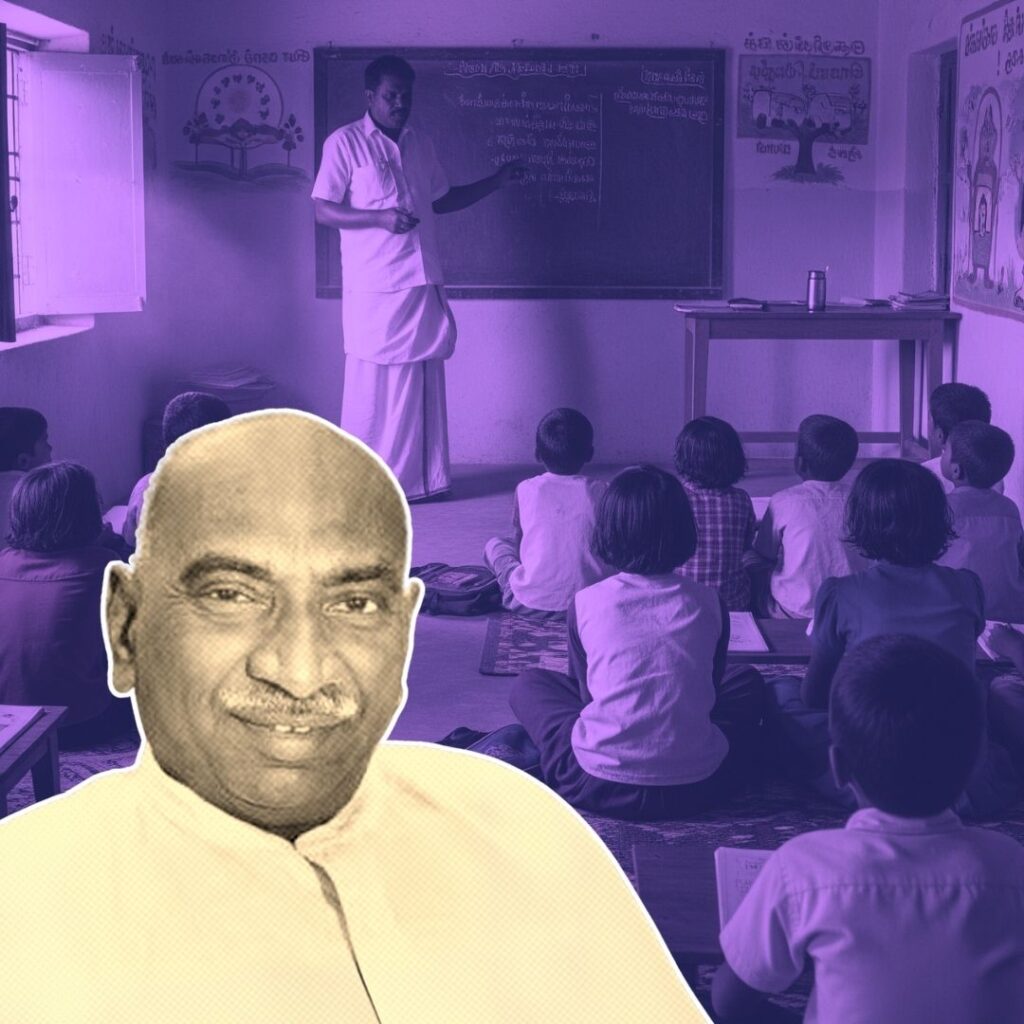One of the youngest eye surgeons to have performed over 25,000 cataract surgeries till date, Dr Pratyush Ranjan is a post graduate in Ophthalmology from Vardhaman Mahavir Medical College and Safdarjung Hospital, New Delhi.
He received his training from Freeman Hospital, Newcastle, United Kingdom, All India Institute of Medical Sciences (AIIMS), and Sitapur Eye Hospital, Uttar Pradesh.
Apart from currently working with the National Society for Prevention of Blindness, Bareilly as a consultant ophthalmologist and chief ophthalmic surgeon specializing in cataract and anterior segment surgeries, Dr Ranjan also runs an NGO, The Ashoka Foundation, to promote eye health and eradicate preventable blindness in the society.
The most common eye disease, especially affecting older people, is cataract and its only cure is surgery. However, patients suffering from it remain apprehensive about undergoing surgery for fear of pain.
The Logical Indian spoke to Dr. Pratyush Ranjan who told us about the different methods of cataract operation and how his invention made the treatment of this disease simpler.
Dr. Pratyush Ranjan
“Cataract operation can be done in two ways,” he said. “The first method is by applying a small incision in the eye of the patient. To keep the eye stable, thread has to be bound. This method is called Manual Small Incision Cataract Surgery (MSICS). The second method is from a phaco machine which is very expensive.”
Considering that 60% of the blind in India are because of cataract, Dr. Ranjan realized that the treatment of this disease needs to be made cheaper, hence affordable to all.
Dr. Ranjan invented a new instrument for MSICS
Manual small incision cataract surgery (MSICS) is a low-cost, small-incision form of extracapsular cataract extraction (ECCE) that is principally employed in the developing world and has the advantage of a self-sealing sutureless wound.
In developing nations with lesser resources, MSICS also has several distinct advantages over phacoemulsification (phaco), including shorter operative time, less need for technology and lower cost.
“There are a few modifications that I introduced in MSICS which enabled doctors to perform the surgery better and in a safer manner,” said Dr Ranjan.
Manual small incision cataract surgery (MSICS)
He unveiled the Ranjan MSICS marker at the 75th Annual Convention of the All India Ophthalmic Society held in Jaipur on 17 February 2017. The instrument was inaugurated by Prof. KPS Malik, President of International Society of Manual Small Incision Cataract Surgeons.
Through this instrument, the ophthalmologist first examines the part of the patient’s eye which has cataract, then finds out the steep axis of the cornea. Following which, a frown incision is made at exactly 2 mm on the steep axis. “The whole process takes only two minutes,” said Dr Ranjan.
In both phaco and MSICS, the location of the incision is important. In phaco, this is determined by tests that show the area where the curvature of the eye is not perfect. However, no such provision previously existed for MSICS. This is when Dr Ranjan came up with the idea of the Ranjan MSICS marker. Since, the incision in MSICS is long, the surgery is done through the white part (sclera) of the eye, 2-3 mm away from the limbus (the junction of the cornea and sclera in the eye). His instrument has a tunnel marker which is exactly at 2mm height. It gives greater control over post surgical astigmatism, the surgery can be performed in two minutes, and it can be used by beginners as well.
“Ranjan Markar is produced, marketed and sold by Epsilon Company of America and is popular among eye surgeons in developing countries like Africa,” said Dr Ranjan.
More than half of bilateral blindness in India is due to cataract
Cataract is a major cause of vision impairment in the low-income settings of India. It is mainly caused due to potential environment risk factors such as exposure to sunlight and poor diet. However, in many cases, the disease is caused due to lack of access to cataract surgery and its expensive cost.
“For poor people, phaco is costly. Moreover, it is inconvenient for them to stay the night at the hospital, leaving their children unattended at home. There is a definite loss of livelihood. My instrument ensures that the patients unable to afford phaco get the same quality treatment without having to stay a night at the hospital. They are discharged after the surgery and are only required to cover their eyes with black goggles,” said Dr. Ranjan.
As he works in a charitable hospital, the patients are charged only Rs 1,300 for surgery in one eye. The fee includes the cost of all the tests, hospital stay, and postoperative medicines. In contrast, phaco is at least ten times more costly.
The government of India has also taken measures to eradicate cataract which causes an economic loss of at least Rs 8 lakh crore every year. …











